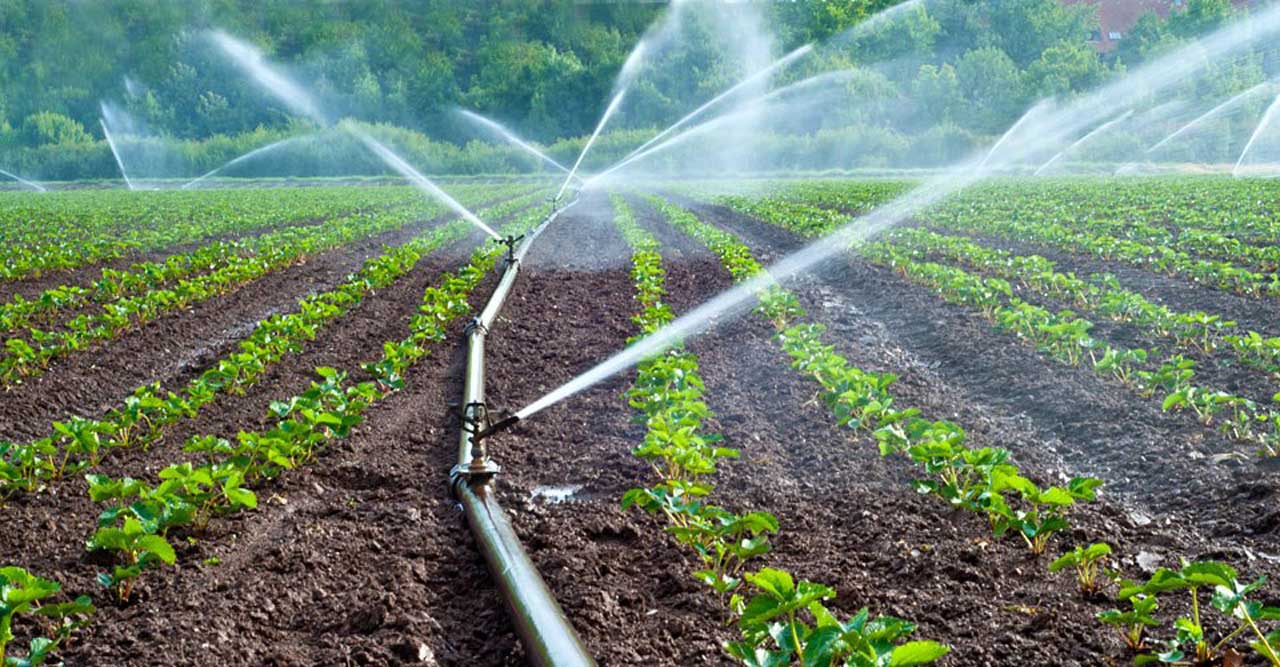In Nigeria, the farming year doesn’t end with the rains. The dry season usually sets in around late September in some regions and early November in others. For many farmers, this change is seen as a resting period, but the truth is that dry-season farming can be one of the most rewarding times of the year. Crops that are scarce during these months often sell at premium prices, and farmers who prepare early are the ones who reap the benefits.
The challenge is that dry season farming requires a different kind of planning. Unlike the rainy season, when nature helps you with water and soil moisture, the dry season demands more from you as a farmer. That’s why preparing early, before October, is the smartest move you can make. Here are some practical steps to help you get your farm ready.
1. Secure Your Water Source Early
Water is the lifeline of dry-season farming. If your farm doesn’t have a reliable water source, it will be very difficult to succeed. This is the time to check your borehole, stream, river, or irrigation canal. If you rely on pumps, pipes, or tanks, make sure they are in good working condition before planting begins. Farmers who wait until November often face delays or even lose weeks of planting time because of broken pumps or long queues for water. Remember: crops don’t wait.
2. Pick the Right Crops for the Season
Not every crop is suitable for the dry season. Focus on crops that mature quickly and are in high demand during these months. Tomatoes, peppers, onions, leafy vegetables, and maize are some of the most common and profitable choices. These crops usually fetch higher prices because supply is limited in the dry season while demand remains high. Choosing wisely can be the difference between breaking even and making a solid profit.
3. Prepare Your Land Before the Rains Stop
Land preparation is often overlooked, but it plays a big role in how well your crops perform. Don’t wait until the rains are completely gone. Start clearing, ploughing, and ridging your land early. This gives you time to add organic manure or compost, improve the soil structure, and treat against pests and diseases before planting. Farmers who prepare early usually face less stress later and have crops that establish better once planted.
4. Stock Up on Inputs Before the Rush
Every farmer knows that once the dry season approaches, prices of seeds, fertilizers, and agrochemicals begin to climb. Fake products also start flooding the market. September is the perfect time to buy your inputs; not only do you save money, but you also reduce the risk of getting substandard materials. Waiting until everyone else is buying often leaves you with higher costs and fewer options.
5. Plan Your Market Before You Plant
One of the biggest mistakes farmers make is to focus only on planting and leave marketing for later. Farming doesn’t end in the field; it ends when your crops are sold. Before you plant, take time to talk to local buyers, traders, processors, or even neighbors who might need your produce. Having a ready buyer ensures you won’t be forced to sell at throwaway prices when your crops mature. Think of it as planting with a clear destination in mind.
6. Take Advantage of Dry-Season Opportunities
Dry-season farming may sound like hard work, but the opportunities are huge. This is the season when vegetables are scarce, when fresh maize fetches double its usual price, and when households are willing to pay more for quality produce. With proper preparation, you not only keep your farm active but also create a steady flow of income while others are waiting for the rains to return.
If you take these steps now, you’ll position yourself to harvest profit when others are winding down. The dry season may look challenging, but with good preparation, it can be your most productive season of the year. We wish you all the best!

Leave a Reply